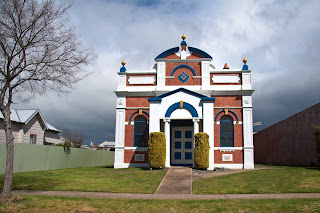I recently wrote about the Android cameras which have just been announced - the Samsung Galaxy Camera and the Nikon S800C. I was so smitten by the idea then that I couldn't wait to get one of them. I must say my enthusiasm has diminished by now. It is a mistake for companies to announce products without being able to sell them immediately. In my case, the longer I wait, the less likely I am to make an impulse purchase.
I ask myself why I thought I needed an Android camera. Well, it seems to be a great way to play with all the camera-related apps out there, and it is much easier to share photos on a social website. But realistically speaking, all I ever wanted was to be able to selectively upload some photos after a shoot.
So here is Panasonic's answer to the challenge of providing connectivity to the camera. The newly announced SZ5 features wifi connectivity. It costs about $200 and is designed for the casual shooter. By installing a free app called Lumix Link on your iOS or Android device, you can view, control, and shoot wirelessly with your tablet or smartphone.
I believe it is also possible to shoot first with the SZ5, and then use your mobile device to view the pictures and upload to your tablet, or your computer or straight to one of the popular social websites.I prefer this wifi feature to having a full-blown Android on my camera. Really.
I hope more camera manufactures will equip their cameras with wifi. It will be so useful. Imagine being able to immediately email off an image straight from the camera, or simply post it on Facebook. It should not add a lot of cost, and it will make the camera a more connected device. Will there still be a market for an Android camera? Maybe not, if there are more wifi cameras around.
Unfortunately for the SZ5, the reviews on its image quality are not too good, although this camera is packed with quite the latest features in low end point-and-shoot cameras. I hope to see some higher-end cameras touting this wifi.





















